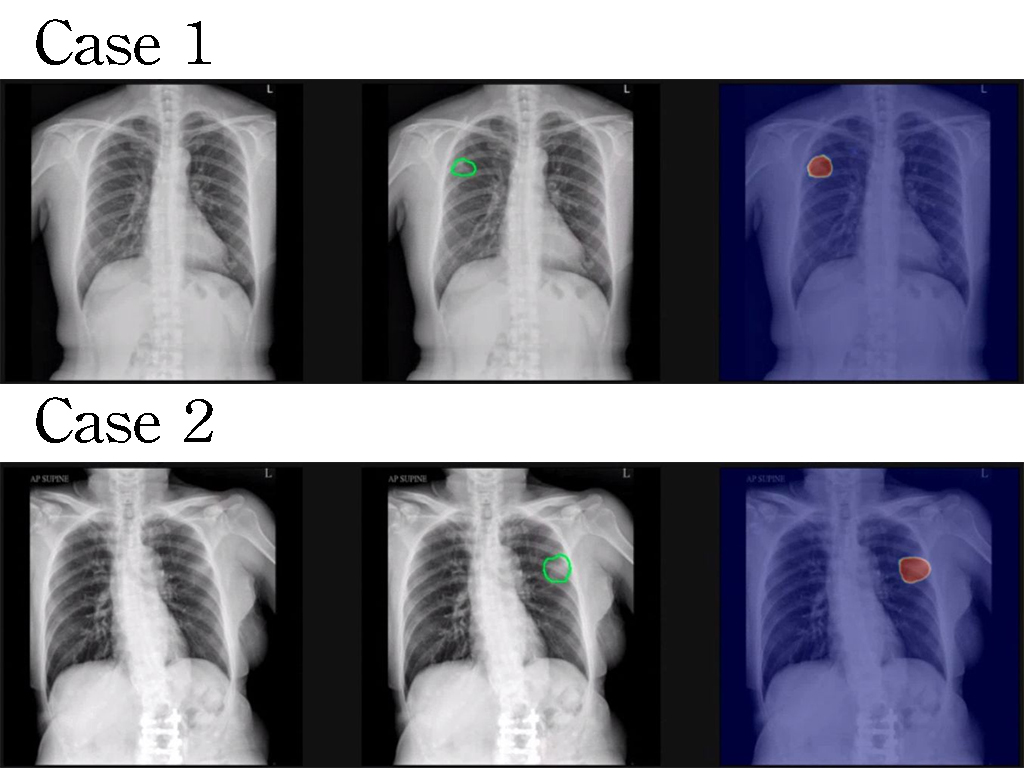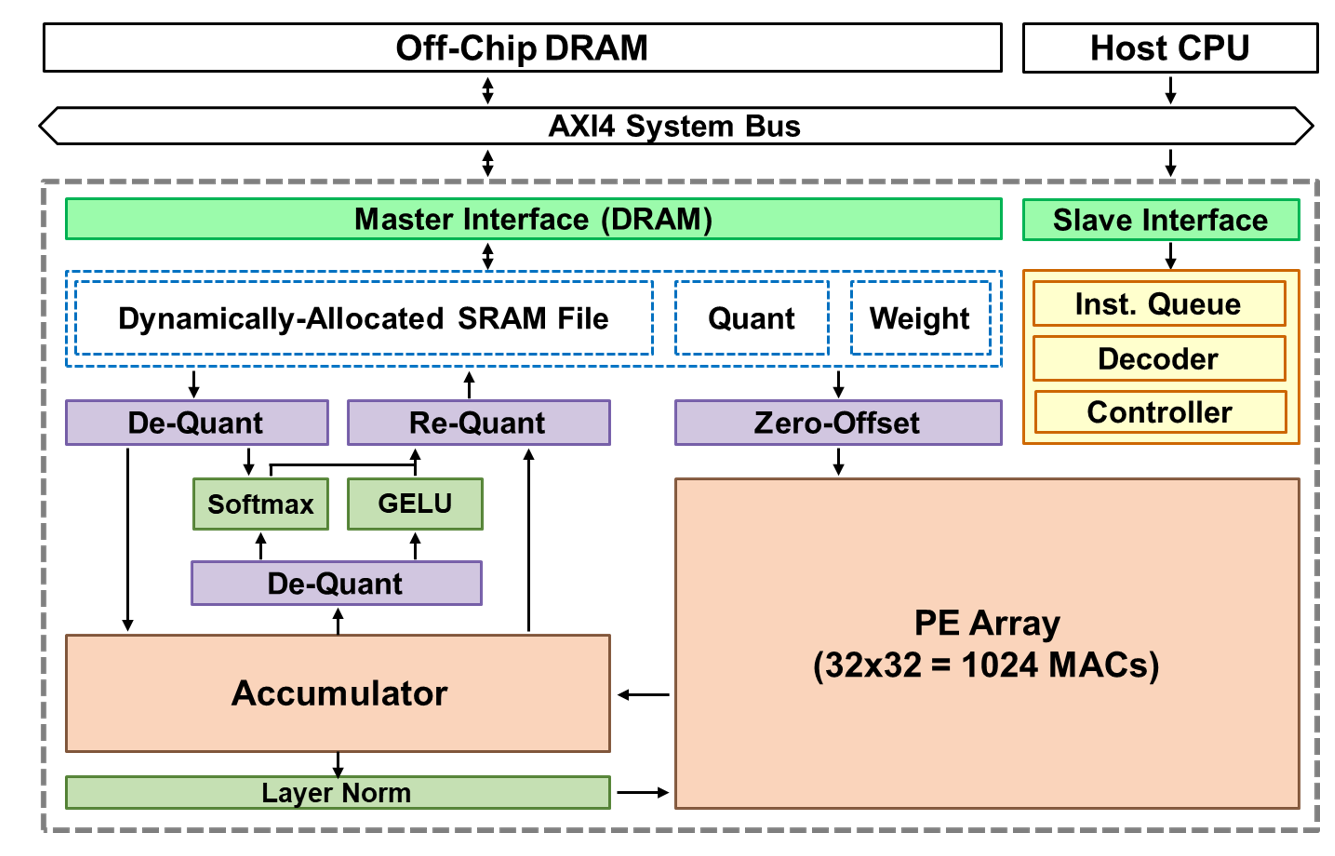| Technical Name | Light-induced precise atomic layer deposition | ||
|---|---|---|---|
| Project Operator | National Tsing Hua University | ||
| Project Host | 邱博文 | ||
| Summary | Existing ALD techniques fail to address the issues of residual voids and seam defects in trench filling. We have developed a photo-induced precise ALD (LIP-ALD) technique over the past decade, which enables precise control of atomic deposition for gap fills. It has achieved seamless, pore-free, and low-impurity dielectric material deposition in high aspect ratio N3 and N2 node structural wafers. AMAT, AL, and TSMC have co-joined the research of this novel LIP-ALD process in NTHU with our team. |
||
| Scientific Breakthrough | Integrating light sources into semiconductor processes is more difficult than it seems. Complex photocatalytic intermediates often contaminate the optical windows during the process, impeding subsequent photolytic reactions. We have innovated a specialized design for the lighting system and process chamber. This design localizes the photocatalytic reactions, effectively preventing contamination of the glass windows and enabling a novel growth mechanism that significantly enhances film quality. |
||
| Industrial Applicability | The most vital application of LIP-ALD lies in the advanced semiconductor processes, where it solve the problems of structural filling. The photolytic process also allows for differentiated deposition through the adjustment of light wavelength and intensity. For metal deposition, it also reduces impurities such as carbon, oxygen, and nitrogen, increasing conductivity of the metal lines, reducing RC delay effects, and suited for high-performance computing, high-end space, and defense chips. |
||
| Keyword | semiconductor equipment advanced semiconductor process chip coating thin film deposition atomic layer deposition photolytic reaction optical module gap fill differentiated deposition | ||
- Contact
- Shih-Han Chou
- sarah1009@gapp.nthu.edu.tw
other people also saw















